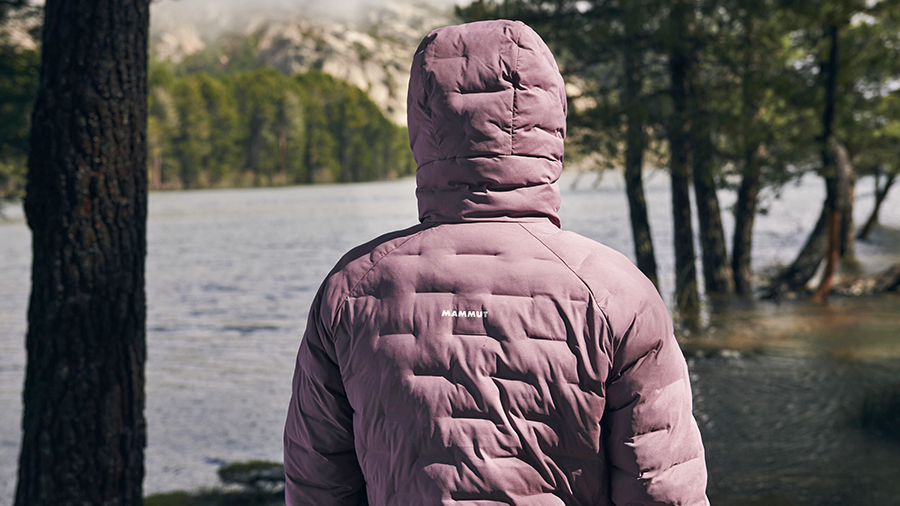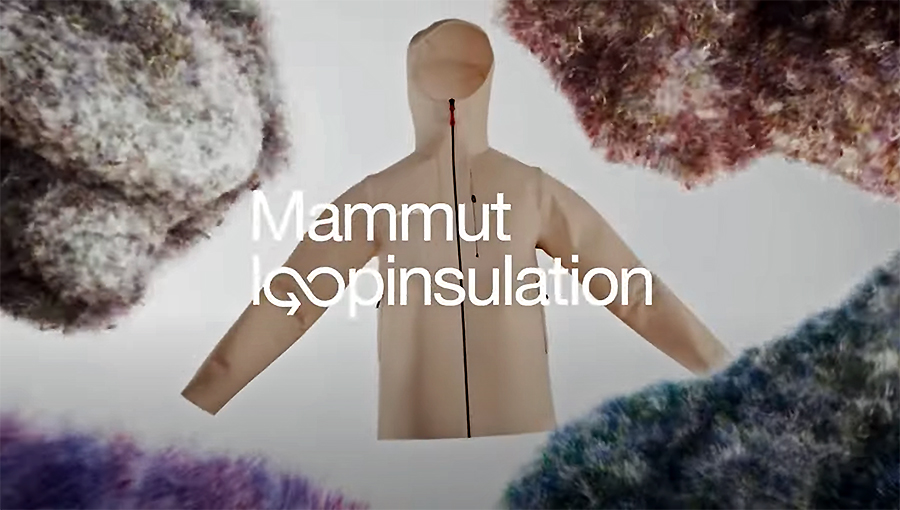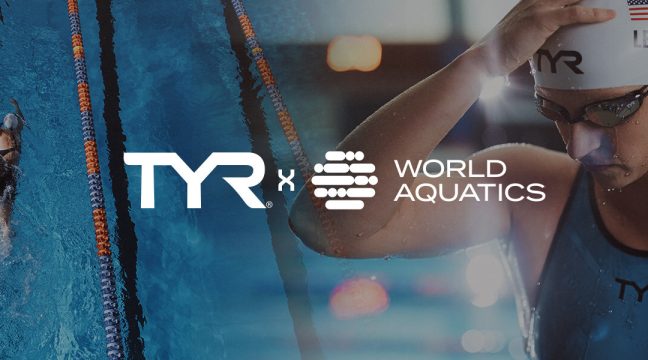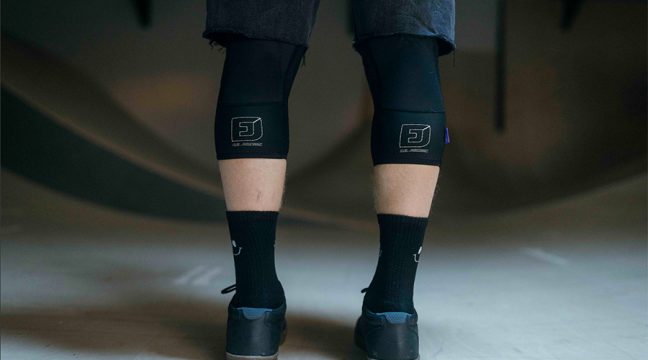For Fall/Winter 2024, Mammut will launch its Loopinsulation, the result of a collaboration with Austrian rope manufacturer Teufelberg.
Teufelberg’s production process yields scrape rope. Through a mechanical recycling process, free of chemicals, the scraps are manufactured into insulation. “With Mammut Loopinsulation, we are embracing a circular and resource-conscious approach to material reuse. This is a critical step toward the future of sustainable outdoor clothing,” explained Helena Theba, material management lead at Mammut.
Click on the link here or on the image above to learn more about Mammut’s Loopinsulation
From Concept to Innovation
The development of Loopinsulation began after an analysis was made of Mammut’scarbon footprint in 2018, which showed that 13 percent of the company’s CO2 emissions came from rope manufacturing. In response, Mammut conducted extensive research on repurposing rope production scraps, leading to the creation of Loopinsulation.
First Milestones and Challenges
For the 2024 Fall/Winter season, Mammut recycled 12 tons of rope scraps, converting it into insulation material. A key challenge for the company was the variation in rope diameter, quality and color, which it overcame through “innovative solutions and a robust logistics system.”
“The complexity of recycling processes should never be underestimated,” said Theba. “A circular economy demands significant effort and expertise.”
A Practical Example: The Sender IN Hooded Jacket
One example of loop insulation is Mammut’s Sender IN Hooded Jacket, which combines loop insulation with a recycled, wind- and water-repellent outer shell.
Images and video courtesy Mammut












